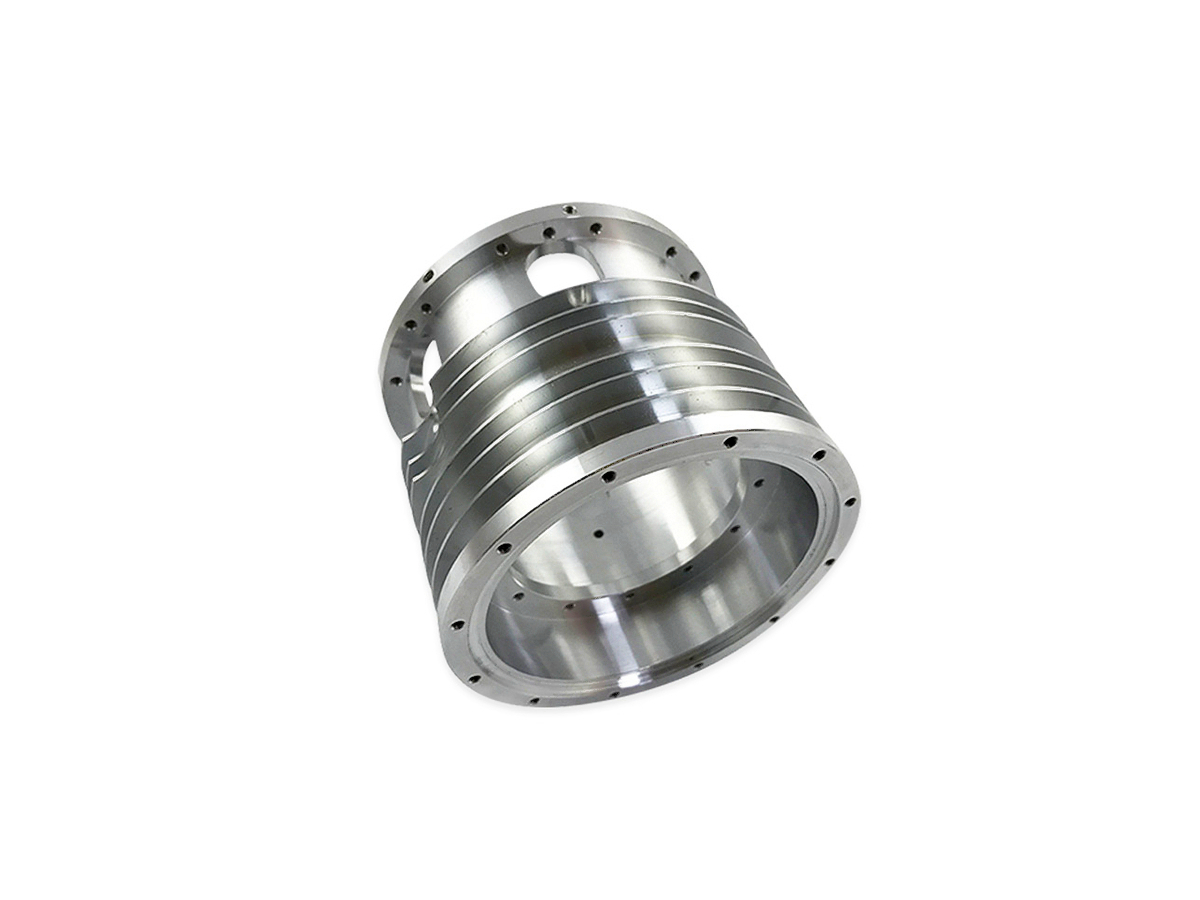CNC Machining of A36 Steel for Structural and Construction Industry Applications
Introduction to CNC Machined A36 Steel in Structural and Construction Industries
Industries such as construction, structural engineering, and infrastructure projects demand strong, reliable, weldable, and cost-effective materials. A36 steel, one of the most widely used structural steels, stands out due to its excellent weldability, machinability, and robust mechanical properties. Ideal for beams, plates, brackets, structural frames, and construction fittings, CNC-machined A36 steel provides essential durability and reliability in critical structural applications.
Leveraging advanced CNC machining technologies, manufacturers achieve precise fabrication of A36 steel components, enabling high dimensional accuracy, complex structural shapes, and superior surface quality, significantly enhancing construction integrity and performance.
Comprehensive Analysis of A36 Steel for Construction and Structural Applications
Comparative Performance of A36 Steel and Similar Structural Materials
Material | Tensile Strength (MPa) | Yield Strength (MPa) | Machinability | Typical Applications | Advantage |
|---|---|---|---|---|---|
400-550 | 250 | Good | Structural beams, brackets | Economical, excellent weldability | |
440 | 370 | Excellent | Shafts, fittings | Superior machinability | |
570-700 | 310-450 | Very Good | Gears, heavy-duty shafts | Higher strength and wear resistance | |
655-979 | 415-655 | Good | High-load components, structural hardware | High toughness, wear-resistant |
Strategic Material Selection for CNC Machined A36 Steel Components
Choosing A36 steel for structural CNC machining involves assessing mechanical strength, weldability, machinability, and economic considerations:
Structural beams, plates, brackets, and frames needing moderate strength (tensile strength of 400-550 MPa), excellent weldability, and cost-efficiency significantly benefit from A36 steel.
For applications requiring higher strength (570-700 MPa tensile strength) and improved wear resistance, such as gears or heavy-duty structural shafts, select 1045 steel.
General-purpose structural fittings, precision components, or parts prioritizing excellent machinability (440 MPa tensile strength) typically use 1018 steel.
High-load structural hardware and industrial components requiring superior toughness and wear resistance (655-979 MPa tensile strength) often choose 4140 steel.
Precision CNC Machining Processes for A36 Steel Structural Components
CNC Machining Process Performance Overview
CNC Machining Process | Dimensional Accuracy (mm) | Surface Roughness (Ra μm) | Typical Applications | Key Advantages |
|---|---|---|---|---|
±0.005-0.02 | 0.4-3.2 | Structural brackets, fittings | Precise shaping, versatile design | |
±0.005-0.01 | 0.4-1.6 | Bolts, pins, cylindrical fittings | High rotational accuracy, smooth surfaces | |
±0.01-0.02 | 1.6-3.2 | Bolt holes, structural assemblies | Precise hole alignment and depth | |
±0.003-0.01 | 0.2-0.6 | Complex structural components | High precision, intricate geometries |
Optimizing CNC Machining Processes for Structural A36 Steel Components
Selecting optimal CNC machining methods for A36 steel parts involves evaluating component complexity, precision requirements, and surface finish:
Structural brackets, frames, and fittings needing detailed geometries with ±0.005 mm accuracy utilize CNC Milling Service, offering versatility and precise dimensional control.
Bolts, pins, and cylindrical components demanding high rotational precision (±0.005 mm) and fine surface finishes (Ra ≤1.6 µm) rely on CNC Turning Service.
Structural components requiring precise and consistently aligned bolt holes (±0.01 mm tolerance) employ CNC Drilling Service for reliable assembly and construction integrity.
Complex structural shapes or precision components requiring tighter tolerances (±0.003 mm) and superior surface finishes significantly benefit from Multi-Axis CNC Machining Service for optimal structural performance.
Advanced Surface Treatments to Enhance A36 Steel Structural Components
Surface Treatment Performance and Suitability
Treatment Method | Corrosion Resistance | Wear Resistance | Industrial Suitability | Typical Applications | Key Features |
|---|---|---|---|---|---|
Outstanding (>2000 hrs ASTM B117) | Good | Excellent | Structural beams, frames | Superior corrosion protection | |
Excellent (>1500 hrs ASTM B117) | High | Excellent | Structural brackets, fittings | Durable finishes, aesthetic appeal | |
Good | Moderate | Excellent | Bolts, structural hardware | Economical corrosion resistance | |
Excellent (>1500 hrs ASTM B117) | High (HV500-700) | Excellent | Construction fasteners, fittings | Increased durability and corrosion resistance |
Strategic Surface Treatment Selection for CNC Machined A36 Steel
Choosing appropriate surface treatments for structural A36 steel components involves evaluating corrosion exposure, wear requirements, and aesthetic considerations:
Structural beams, frames, and large-scale outdoor components exposed to harsh conditions utilize Galvanizing, offering superior corrosion protection (≥2000 hrs ASTM B117).
Select Powder Coating for durable, attractive finishes for structural brackets, fittings, and visible construction parts needing aesthetic appeal and corrosion resistance.
General structural hardware and fasteners requiring economical protection and improved aesthetics often use Black Oxide Coating.
Precision construction fasteners, fittings, or components exposed to severe conditions benefit from electroplating, which ensures high corrosion resistance and wear performance.
Rigorous Quality Assurance for CNC Machined A36 Steel Components
Detailed Quality Control Practices
Ensuring quality for CNC machined A36 steel involves stringent practices:
Dimensional Inspection: Coordinate Measuring Machines (CMM) and verify dimensions within tolerances (±0.003 mm to ±0.01 mm).
Surface Finish Testing: Profilometers and roughness gauges confirm specified surface quality (Ra 0.2-3.2 µm).
Mechanical Property Testing: ASTM-standard tensile (ASTM E8), yield, and hardness tests validate structural reliability.
Corrosion Resistance Testing: ASTM B117 salt spray testing ensures protection meets industry standards (≥1000 hours).
Non-Destructive Testing (NDT): Ultrasonic, magnetic particle and radiographic tests identify internal defects to ensure structural integrity.
Comprehensive Documentation: ISO 9001-compliant records maintain full traceability and adherence to regulatory standards.
Key Applications of CNC Machined A36 Steel Components
Structural beams, brackets, and frames.
Construction hardware and fasteners.
Infrastructure support components.
Heavy-duty industrial fittings.
Related FAQs:
Why is A36 steel ideal for CNC machining structural components?
Which CNC machining processes best suit A36 steel construction parts?
What surface treatments are recommended for CNC machined A36 steel structural components?
How is quality assured in CNC machined A36 steel parts?
What industries benefit most from CNC machined A36 steel?

